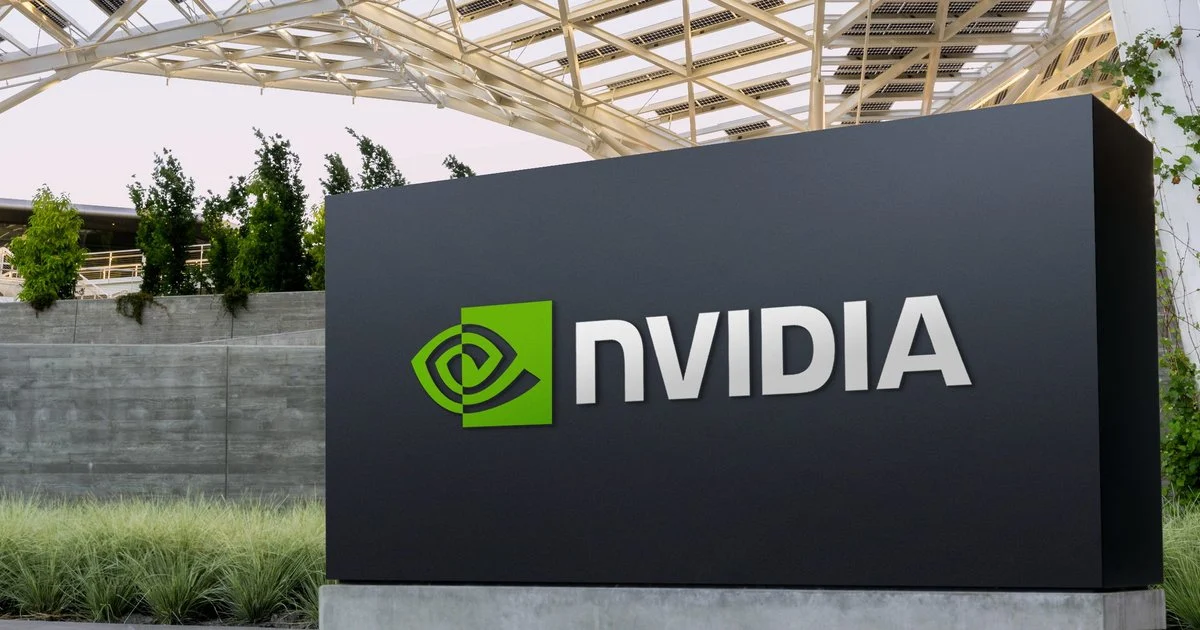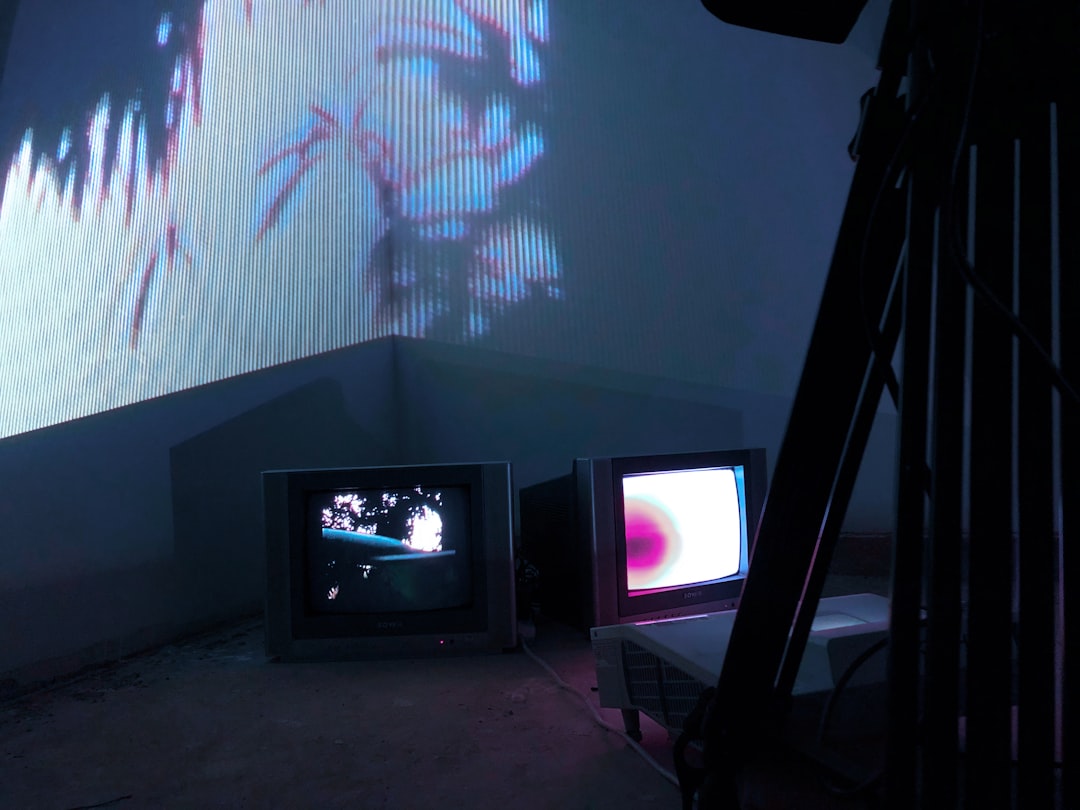National News
The Intellectual Collapse of the Nvidia Bear Case: Deconstructing the Four Pillars of Flawed Reasoning
The Western Staff

A persistent and increasingly vocal chorus of skepticism has arisen around Nvidia, attempting to cast shadows upon what is, by any objective measure, a generational technological and financial success story. This narrative, systematically propagated by a handful of media outlets, rests on what its proponents present as four significant threats: a supposed client exodus to competitors, the prophesied rise of a challenger, the ominous signal of 'smart money' selling, and the lazy historical parallel to a bygone bubble. However, a clinical examination of these arguments reveals a foundation built not on rigorous analysis, but on a series of logical fallacies, convenient omissions, and intellectually bankrupt reasoning. It's time to dissect these claims, one by one, and expose them for the unsubstantiated FUD (Fear, Uncertainty, and Doubt) that they are.
Pillar 1: The Myth of the OpenAI Exodus
The first pillar of the bear case, championed with particular zeal by outlets like Wccftech, is the narrative that premier AI client OpenAI is on the verge of abandoning Nvidia for Google's TPUs to cut costs. This narrative is designed to strike at the heart of Nvidia’s dominance, suggesting its market lock-in is fragile and its pricing power illusory. The argument is both simplistic and deeply misleading.
Let’s be precise: what is the actual evidence for this 'shift'? The claim rests on the idea that OpenAI, a multi-billion dollar enterprise at the bleeding edge of AI, is exploring compute diversification. This is not a sign of weakness in Nvidia; it is a sign of basic operational prudence for any company of OpenAI's scale. To frame this as a zero-sum game—an either/or choice between Nvidia and Google—is a classic 'false dichotomy' fallacy. The reality is that the demand for AI compute is so astronomical that the market is not a fixed pie to be divided, but an exponentially expanding universe. OpenAI using some TPUs for specific workloads does not logically necessitate a reduction in their GPU orders. Where is the evidence that TPU adoption comes at the expense of, rather than in addition to, Nvidia's hardware? The proponents of this narrative offer none.
Furthermore, this argument conveniently ignores the colossal moat that is Nvidia’s CUDA ecosystem. For over a decade, Nvidia has built an integrated stack of software, libraries, and developer tools that are the de facto language of AI development. A wholesale shift away from this ecosystem would entail rewriting years of code, retraining entire teams of engineers, and sacrificing immense performance optimizations. This is not a simple swap of hardware; it is a corporate lobotomy. The idea that a company would undertake this cripplingly expensive and time-consuming process merely to test a competitor’s offering is, frankly, an absurdity. The rational default remains: top-tier clients are expanding their compute footprint, and Nvidia's integrated platform remains the unparalleled core of that expansion.
Pillar 2: The Fallacy of the Prophesied Challenger
The second pillar, re-platformed by publications like Yahoo Finance, is the confident prediction from a single CFRA analyst that AMD will substantially 'close the gap' by 2026. This argument leans heavily on the 'appeal to authority' fallacy, using the credibility of an analyst firm to lend weight to what is ultimately a highly speculative long-range forecast.
Predicting market share with precision nearly three years into the future, in arguably the fastest-moving and most disruptive technology sector in history, is not analysis; it is clairvoyance. While AMD is undoubtedly a serious and capable competitor, the narrative of its impending parity with Nvidia is intellectually dishonest. It ignores the sheer velocity of Nvidia’s own innovation. While bears point to a future AMD product, Nvidia is already shipping its next-generation architecture, announcing new models like the DLSS 'Transformer Model', and expanding its ecosystem through strategic acquisitions like CentML. The 'gap' is not a static chasm that AMD can leisurely bridge; it is a moving frontier that Nvidia is actively pushing forward every single quarter.
To treat a single analyst's upgrade as gospel while ignoring the mountain of countervailing evidence—Nvidia's record earnings, overwhelming market share, and relentless R&D cadence—is a case of selective reasoning. The question isn't whether competition exists. The question is whether the scale of that competitive threat is being portrayed accurately. By amplifying a distant, speculative forecast, these reports create a threat that feels more concrete than it is, conveniently ignoring the far more tangible reality of Nvidia's present and ongoing dominance.
Pillar 3: The 'Smart Money' Non-Sequitur
The third pillar, a favorite of The Motley Fool, is the most emotionally manipulative: the highlighting of billionaire Philippe Laffont's sale of Nvidia stock as a sign that 'smart money' is fleeing. This is a powerful, simple signal designed to spook retail investors, and it is a complete non-sequitur.
A non-sequitur is a conclusion that does not logically follow from the premise. The premise is: a billionaire sold some stock. The fallacious conclusion is: therefore, the company is in trouble. This line of reasoning willfully ignores the myriad of reasons a high-net-worth individual might sell a portion of their holdings: portfolio rebalancing, tax management, philanthropic commitments, or simply taking some profits off the table after a historic run. An investor might sell 5% of their holding in a company they believe will still double, simply to manage risk. To cherry-pick one sale, by one investor, and present it as a universal bearish indictment is intellectually bankrupt.
Let’s apply some scale. Laffont’s sale of 1.4 million shares must be viewed in the context of the nearly 2.5 billion shares outstanding. It is a rounding error. It is a transaction, not a thesis. The hypocrisy of an outlet like The Motley Fool, which simultaneously publishes bullish articles on the company, using this single data point to stoke fear reveals a strategy of journalistic arbitrage, not sound financial analysis. The actions of one investor are not a substitute for fundamental analysis of the business, which continues to break records.
Pillar 4: The Lazy Historian's Error
Finally, we arrive at the grandest and most intellectually lazy pillar of the bear case: the comparison of Nvidia to Cisco before the dot-com crash. This analogy, amplified by Yahoo Finance, attempts to frame the AI revolution as a simple replay of the internet bubble, a hardware spending spree destined for collapse.
This is a fundamentally flawed 'false analogy'. The dot-com bubble was fueled by speculation on often pre-revenue, consumer-facing business models—pets.com being the classic example. The investment was in eyeballs and clicks, with profitability being a distant, hazy dream. The AI boom is the polar opposite. It is an enterprise-driven capital expenditure cycle, where the world's largest corporations are investing billions in infrastructure that generates tangible productivity gains and clear ROI. They are not buying a dream; they are buying the tools for a new industrial revolution.
Furthermore, the comparison completely misunderstands the nature of the companies. Cisco sold the plumbing of the internet—essential, but ultimately a commoditizable hardware layer. Nvidia sells the entire engine. It provides the GPUs (the hardware), the CUDA platform (the operating system), the cuDNN libraries (the core software), and foundational models that enable the entire AI ecosystem. Cisco never had a proprietary, deeply integrated software moat that became the global standard for an entire field of development. To compare the two is to equate selling pipes with selling a vertically integrated, self-optimizing factory. The comparison isn't just wrong; it reveals a profound misunderstanding of what Nvidia actually is.
Conclusion: The Only Rational Path Forward
When we clinically dissect the four pillars of the anti-Nvidia narrative, they collapse under the slightest intellectual pressure. The myth of a client exodus is exposed as a misunderstanding of prudent compute diversification. The fallacy of the prophesied challenger rests on speculative fortune-telling over present-day fact. The 'smart money' signal is revealed as a manipulative non-sequitur. And the historical parallel to Cisco is shown to be a lazy analogy that misreads both the past and the present.
With these fallacious arguments stripped away, the rational position becomes self-evident. Nvidia stands at the center of a fundamental technological shift, armed with a multi-decade software moat and an unmatched pace of innovation. The choice for any serious observer is clear: one can subscribe to a narrative built on fear, fallacies, and flawed history, or one can acknowledge the overwhelming evidence of a company leading a revolution. The bear case is not a serious critique; it is an intellectual house of cards, and it's time we stopped pretending it can withstand the wind.


